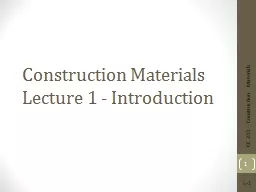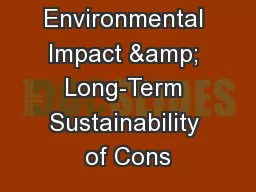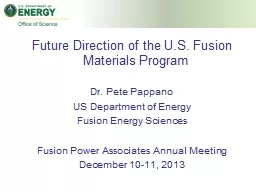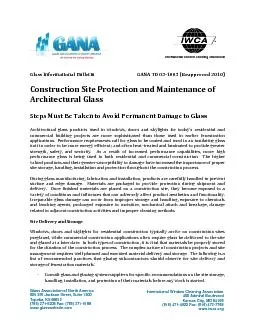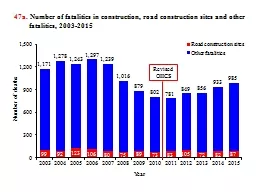PPT-Construction Materials
Author : alida-meadow | Published Date : 2017-06-17
Lecture 1 Introduction CE 233 Construction Materials L1 1 Introduction Historical Perspective Since the beginning of time people have created shelter out of
Presentation Embed Code
Download Presentation
Download Presentation The PPT/PDF document "Construction Materials" is the property of its rightful owner. Permission is granted to download and print the materials on this website for personal, non-commercial use only, and to display it on your personal computer provided you do not modify the materials and that you retain all copyright notices contained in the materials. By downloading content from our website, you accept the terms of this agreement.
Construction Materials: Transcript
Download Rules Of Document
"Construction Materials"The content belongs to its owner. You may download and print it for personal use, without modification, and keep all copyright notices. By downloading, you agree to these terms.
Related Documents

